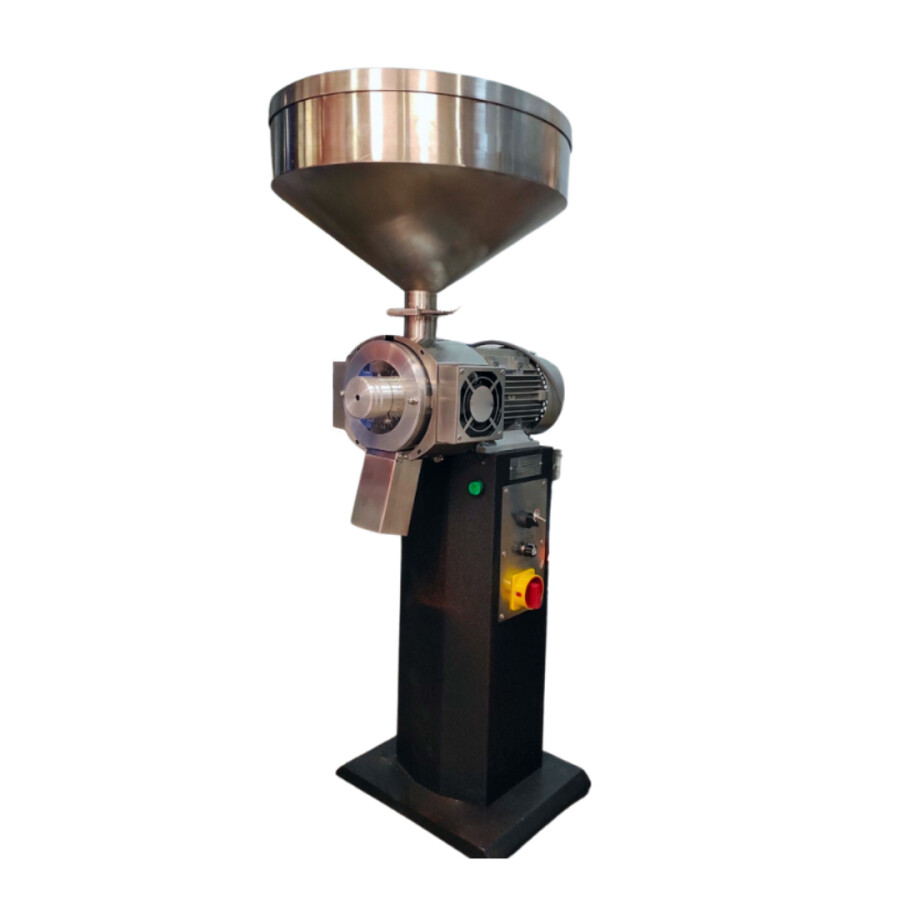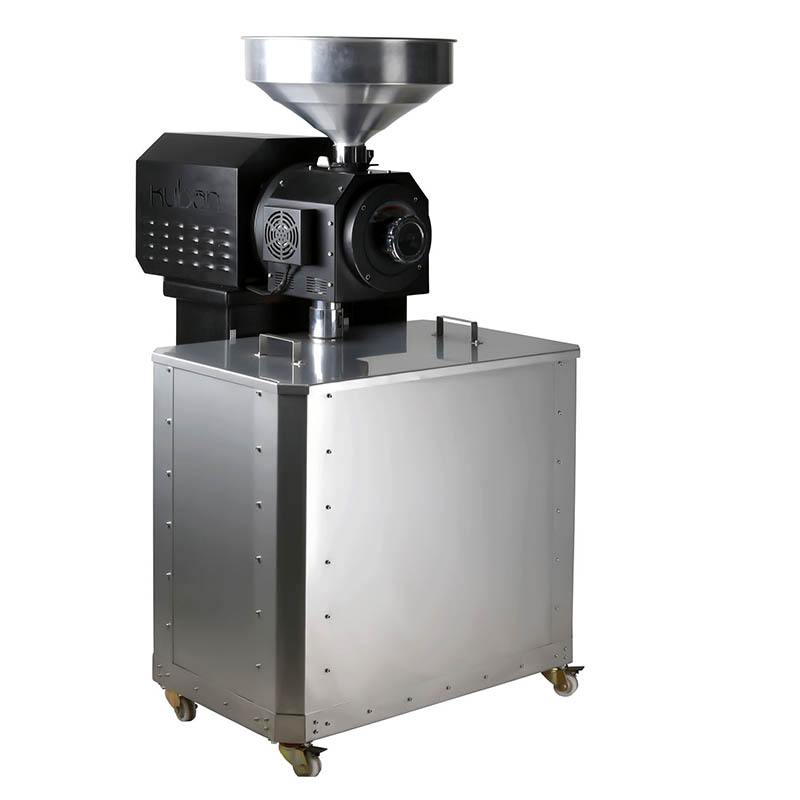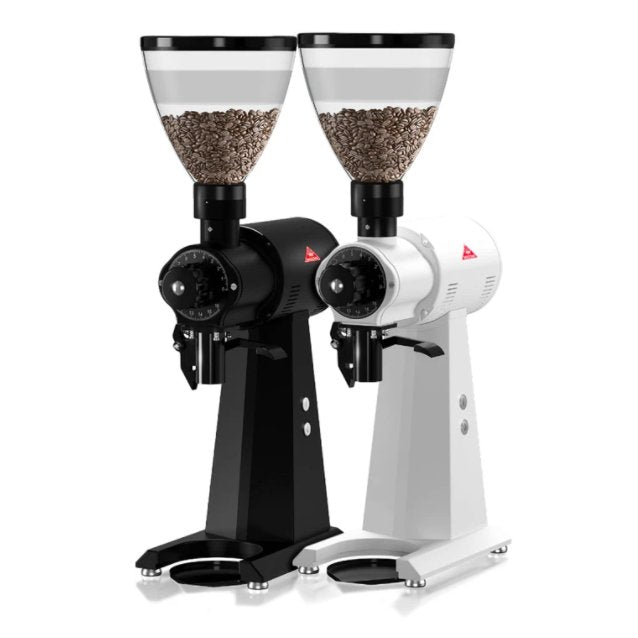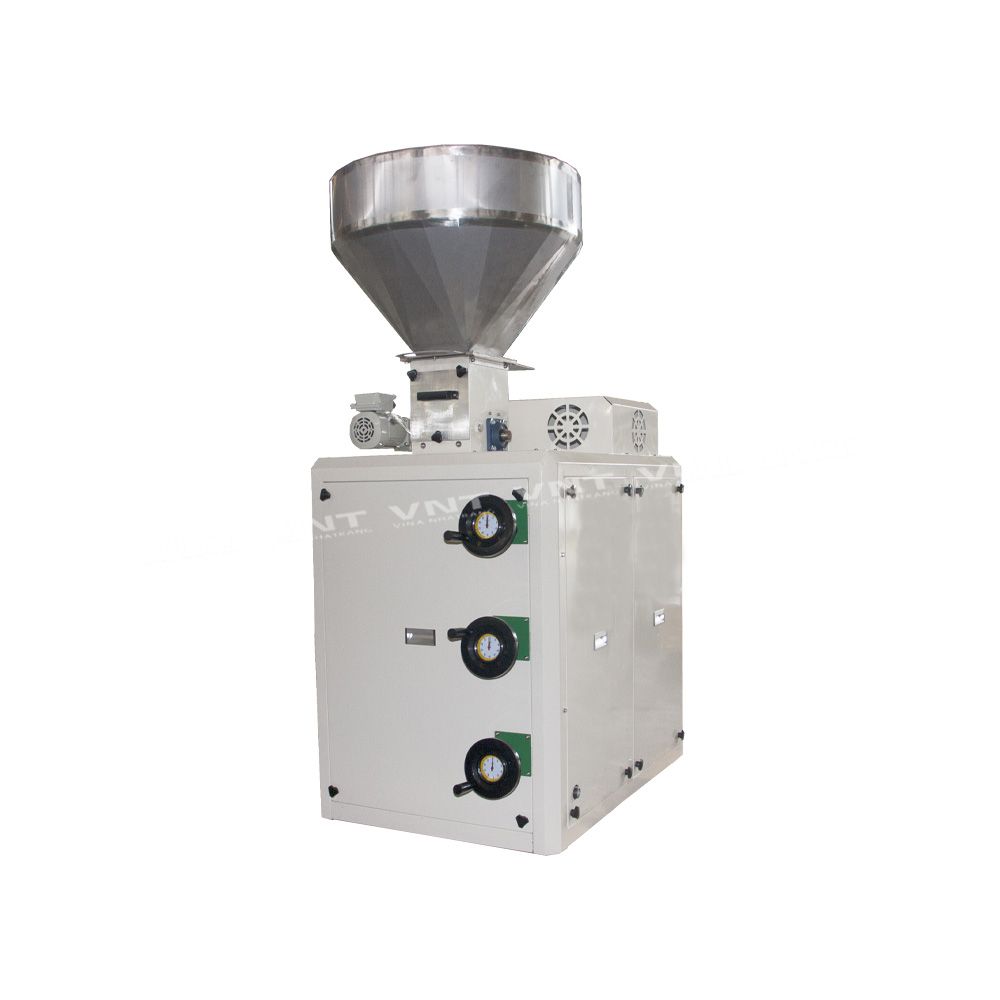Industrial Coffee Grinder for Large-Batch Brewing: Important Details
Leading Functions to Seek in an Industrial Coffee Grinder
When assessing a commercial coffee grinder, it is important to recognize key functions that influence both performance and durability. Uniformity in work size is important for optimum removal, while flexible grinding speed allows for an equilibrium in between efficiency and high quality.
Grind Dimension Consistency
While various aspects can affect the top quality of brewed coffee, grind size consistency continues to be extremely important in attaining optimum extraction. The harmony of coffee grounds directly influences the brewing procedure, as uneven fragment dimensions can result in over-extraction or under-extraction. This variance results in unbalanced tastes, where certain notes might be subduing while others are silenced.
Industrial coffee grinders are developed to give a high degree of precision, commonly using burr grinding devices to guarantee an uniform work size. Unlike blade mills, which can create a mix of fine and crude particles, burr mills squash the beans in between 2 surfaces, enabling much better control over grind size. This uniformity is critical across different brewing techniques, whether espresso, French press, or pour-over, as each method needs details work dimensions for optimal flavor removal.
Additionally, consistency in work dimension adds to the total performance of the brewing procedure. An uniform grind permits even water circulation, minimizing the threat of channeling and boosting removal efficiency. In recap, buying an industrial coffee mill with a concentrate on work dimension consistency is important for accomplishing high-grade coffee with preferable taste profiles.
Grinding Speed
Grinding speed plays a vital function in the general performance of industrial coffee grinders, directly influencing both the quality of the grind and the effectiveness of the operation. Industrial Coffee Grinder. Higher grinding rates can considerably boost the throughput, making it possible to refine bigger amounts of coffee beans in a shorter amount of time. This is particularly crucial for businesses that rely upon high-volume production, such as coffee roasteries and cafes
Nevertheless, while rate is important, it is just as crucial to stabilize it with the quality of the grind. Exceedingly high grinding rates can create warm, which might negatively influence the taste account of the coffee by creating the beans to shed vital oils and scents. Therefore, a mill that offers flexible rate settings can give optimal versatility, enabling operators to customize the grinding procedure according to details needs.
Additionally, the grinding speed should correspond to guarantee harmony in the work size, more adding to the total preference and developing quality of the coffee. In summary, assessing grinding speed is critical for selecting a commercial coffee mill that meets both performance and top quality needs.
Build High Quality and Sturdiness
The efficiency of a commercial coffee grinder is not solely figured out by its grinding speed; build top quality and toughness are just as crucial aspects that influence lasting efficiency and dependability. A well-constructed grinder will certainly hold up against the roughness of daily usage, making it an audio investment for any business procedure.

Durability additionally reaches the grinder's electric motor and interior mechanisms. Industrial coffee mills must be equipped with sturdy motors efficient in sustaining long term procedure without overheating. Furthermore, durable burrs are necessary, as they directly influence the high quality of the grind and add to my response the overall long life of the maker.

Convenience of Use and Maintenance
Continually focusing on ease of usage and maintenance can dramatically boost the operational performance of an industrial coffee mill. Easy to use attributes such as user-friendly controls and clear labeling are essential for decreasing downtime and making sure that operators can swiftly adapt to the devices. An ergonomic design, consisting of height-adjustable hoppers and accessible grinding chambers, allows for comfy procedure and assists in the loading and unloading of coffee beans.
Additionally, convenience of maintenance is essential for extending the lifespan of the grinder. Devices with removable components and elements created for fast cleansing can simplify upkeep tasks, reducing the time invested on routine upkeep - Industrial Coffee Grinder. Try to find grinders that integrate self-cleaning devices or call for very little disassembly, as these attributes can conserve useful labor hours
Furthermore, clear maintenance timetables and paperwork are essential. Grinders that come with comprehensive user this post guidebooks detailing upkeep procedures can assist drivers adhere to best techniques, guaranteeing regular performance and quality. By purchasing an industrial coffee mill that highlights convenience of use and upkeep, companies can improve performance, decrease operational costs, and keep the high requirements expected in coffee manufacturing.


Noise Level Decrease
When selecting an industrial coffee mill, sound level reduction is a critical factor that can substantially influence the job setting. High noise degrees can result in worker fatigue, decreased focus, and prospective hearing damages over time, making it essential to pick a mill made with sound-dampening functions.
Search for mills that include advanced noise-reduction innovations, such as sound-insulated real estates and vibration-dampening installs. These functions help to decrease operational sounds, developing a quieter environment conducive to productivity. Industrial Coffee Grinder. In addition, selecting mills geared up with low-noise electric motors can better enhance audio reduction, making certain a more positive workplace
Take into consideration the grinder's overall style. Models with integrated sound-absorbing products can substantially decrease noise emissions during grinding cycles. Additionally, the placement of the mill within the workspace must be critical. Positioning it on a secure, hefty surface can aid to lower resonances that add to noise.
Inevitably, investing in a coffee mill that focuses on sound reduction not just enhances the convenience of staff members yet additionally aligns with a commitment to maintaining a risk-free and productive work atmosphere. This attention to information can result in enhanced employee contentment and retention.
Verdict
In recap, choosing an industrial coffee mill requires cautious consideration of numerous vital features. Grind dimension consistency is important for optimal extraction, while flexible grinding rate helps with a balance in between throughput and high quality.
Industrial coffee mills are designed to give a high level of accuracy, commonly employing burr grinding systems to make sure a consistent grind size. Unlike blade mills, which can produce a mix of penalty and rugged bits, burr mills crush the beans in between 2 surface areas, enabling for far better control over grind dimension. In summary, investing in an industrial coffee mill look these up with a focus on grind size consistency is essential for attaining top notch coffee with desirable flavor accounts.
Grinding rate plays a critical role in the total performance of commercial coffee mills, directly influencing both the high quality of the work and the performance of the operation. A grinder that offers flexible speed settings can give optimum versatility, enabling drivers to customize the grinding process according to specific requirements.